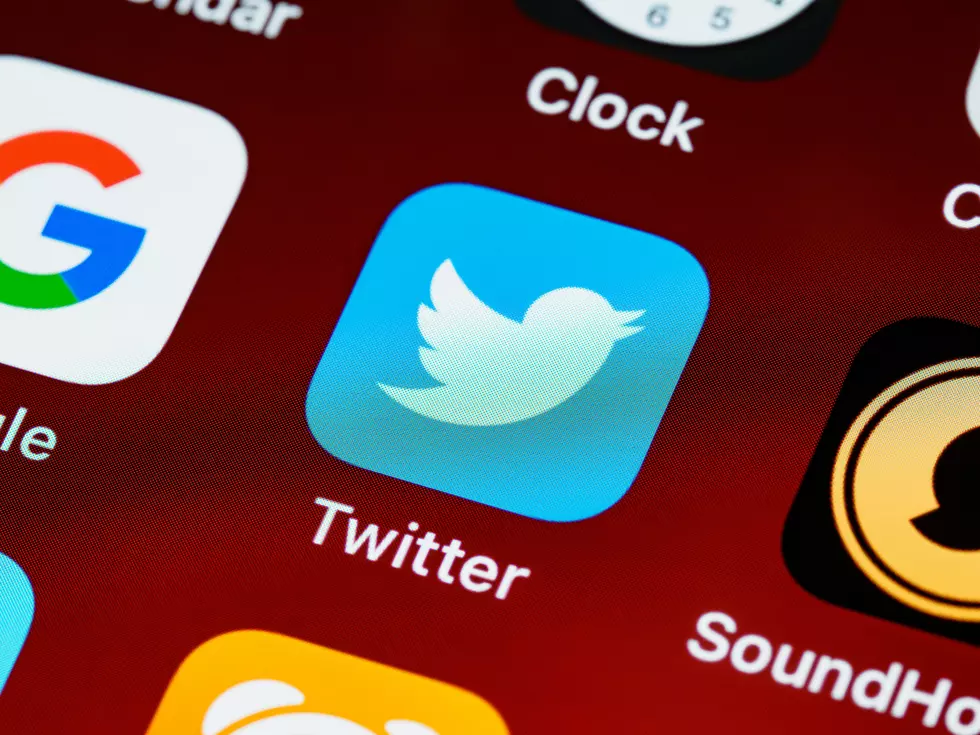
How to Market Your Business With Press Releases
Is there a doubt in anyone’s mind that we are deep inside the information age? Twenty-four seven cable news, Face Book, Twitter, Blogs and a host of other communication tools dominate our daily lives. I can almost guarantee, that if you are not using all the communication tools you can, your competitors are — or soon will be.
With all this high-powered technology you might think the press release is a tool of the past, and no longer relevant to the business world. Every week we hear of another newspaper either closing, or filing some form of bankruptcy, and newspapers were usually the first place you would send your press release.
In fact its very name “press release” comes from the newspaper and magazine industry terminology. Even so, the press release has never been more valuable to the business owner due to the multitude of venues where it can be viewed.
What Is a Press Release?
Let’s start by defining what a press release actually is, and how it should be written. Then I’ll talk about where and how your customers will find it. The business definition of a press release is a way to get a free ad from a newspaper, magazine, or web site without making it sound like an ad. So when writing your press release you will be dancing along a fine line between an ad and hard news. A few years ago I saw a press release from Pizza Hut that illustrates this point very well.
How to Use a Press Release
October, it seems, is National Pizza Month in the US. The press release talked about pizza toppings from other countries. Unusual plants and vegetables, fish, various animal parts that most of us here in the U.S. would find disgusting, are delicacies and quite common in foreign lands.
The result of the “ad” was, the local Pizza Hut manager was named as the source of the information, and the company got a free plug by not really talking about Pizza Hut at all. The other great thing about this press release is, it gave people who read the article something unusual to talk about. So, to use another press term, this story had “legs.” It was passed along around the local water cooler.
Get Their Attention and Sell the Sizzle
Your press release should have an attention grabbing title that promises an end result to the reader. There should be some benefit to read beyond the headline. “Summer Vacation Tips,” is not as interesting as, “How to Save a Bundle on Your Summer Vacation.” Tips and lists are usually well received by editors. Realtors, “Ten Things You Should Know Before You Buy Your Next Home.” Landscapers, “Great Grass for Little Green.”
Your press release should talk about the benefits of your industry or products to the consumer, but not in a traditional advertising vein. For example, “Digital Photography is quickly replacing traditional film cameras. Joe Smith of Smith Photography has the following tips on how to get the most of your new digital camera.” A series of tips or lists of do’s and don’ts would follow this on camera usage or features to look for.
Start Strong
Make sure that your main message is clearly told in the first two paragraphs. Editors are sometimes short of space so they may not use all the information you send them. Use the rest of the press release to re-enforce the information in the first two paragraphs. There might be studies or case histories you can add that the editor might not use but will give your press release credibility.
Press Release Length
Keep your press release at about 500-750 words. Most word processing programs have word counting features. Seven hundred fifty words would be about a page and a half typed single-spaced. Avoid industry terminology and “insider buzz words.” Also, if you are using acronyms, be sure to define what they are in parentheses, R.O.I. (Return on Investment).
What Works In One Place May Not Work In Another
Keep one important point in mind; the net is not the newspaper. A headline that will work in the newspaper might not work as well on the net. You may need to write one release for the paper and a second for the net. The net works on “keywords” that people search for. The paper works on attention getting words that attracts a reader. Terms in the newspaper might not be the same terms that people would use as search terms on the web.
Putting the press release on your web site is a good idea because Google will find that page. Put a link to “Press Releases” on your home page, or site map, to help Google find it. Google will also find the link on Face Book, Twitter and anywhere else you chose to place it on the net. You can also do a search for, “Submit Press Releases to Google” as another place to distribute your release at no cost.
Some Final Thoughts
The key is, get your info out as often as possible. Don’t get discouraged if your first few efforts are not rewarded with front-page copy. Keep looking for interesting information that the mainstream press might be overlooking. Be sure to send your sources, and any web links, where the release can be fact checked by news or business editors.
More From KMMS-KPRK 1450 AM


![[PHOTOS] Dead Grizzly Bear in Yellowstone Goes Viral on Facebook](http://townsquare.media/site/15/files/2023/05/attachment-Yellowstone-National-Park-Sign.jpg?w=980&q=75)






